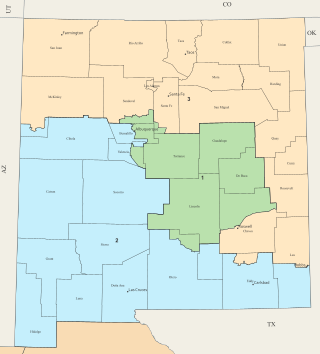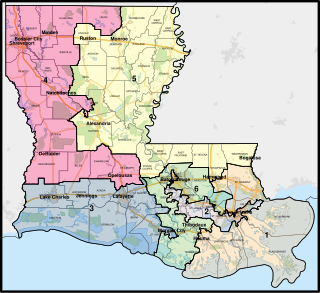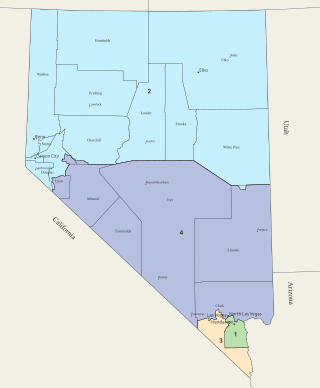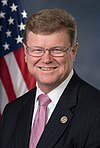Since Arizona became a U.S. state in 1912, it has sent congressional delegations to the United States Senate and United States House of Representatives. Each state elects two senators to serve for six years, and members of the House to two-year terms. Before becoming a state, the Arizona Territory elected a non-voting delegate at-large to Congress from 1864 to 1912.

These are tables of congressional delegations from Minnesota to the United States House of Representatives and the United States Senate.

There currently are 12 United States congressional districts in New Jersey based on results from the 2020 census. There were once as many as 15. The fifteenth district was lost after the 1980 census, the fourteenth district was lost after the 1990 census, and the thirteenth district was lost after the 2010 census.
These are tables of congressional delegations from New York to the United States House of Representatives and the United States Senate.
Since Florida became a U.S. state in 1845, it has sent congressional delegations to the United States Senate and United States House of Representatives. Each state elects two senators to serve for six years, and members of the House to two-year terms. Before becoming a state, the Florida Territory elected a non-voting delegate at-large to Congress from 1822 to 1845.
Since Kentucky became a U.S. state in 1792, it has sent congressional delegations to the United States Senate and United States House of Representatives. Each state elects two senators to serve for six years, and members of the House to two-year terms.

These are tables of congressional delegations from Ohio to the United States House of Representatives and the United States Senate.
Since Colorado became a U.S. state in 1876, it has sent congressional delegations to the United States Senate and United States House of Representatives. Each state elects two senators to serve for six years, and members of the House to two-year terms. Before becoming a state, the Colorado Territory elected a non-voting delegate at-large to Congress from 1861 to 1876.
Georgia became a U.S. state in 1788, which allowed it to send congressional delegations to the United States Senate and United States House of Representatives beginning with the 1st United States Congress in 1789. Each state elects two senators to serve for six years, and members of the House to two-year terms.

These are tables of congressional delegations from New Mexico to the United States House of Representatives and the United States Senate.
Since Montana became a U.S. state in 1889, it has sent congressional delegations to the United States Senate and the United States House of Representatives. Each state elects two senators to serve for six years. Before the Seventeenth Amendment took effect in 1913, senators were elected by the Montana State Legislature. Members of the House of Representatives are elected to two-year terms, one from Montana's at-large congressional district. Before becoming a state, the Territory of Montana elected a non-voting delegate at-large to Congress from 1864 to 1889.
These are tables of congressional delegations from Virginia to the United States Senate and United States House of Representatives. Virginia's current U.S. Senators are Democrats Mark Warner and Tim Kaine. Virginia is allotted 11 seats in the U.S. House of Representatives; currently, 6 seats are held by Democrats and 5 seats are held by Republicans.
These are tables of congressional delegations from Rhode Island to the United States Senate and United States House of Representatives.
These are tables of congressional delegations from Oregon to the United States Senate and United States House of Representatives.
These are tables of congressional delegations from New Jersey to the United States Senate and United States House of Representatives.
Since Kansas became a U.S. state in 1861, it has sent congressional delegations to the United States Senate and United States House of Representatives. Each state elects two senators to serve for six years, and members of the House to two-year terms. Before becoming a state, the Kansas Territory elected a non-voting delegate at-large to Congress from 1854 to 1861.

These are tables of congressional delegations from Louisiana to the United States House of Representatives and the United States Senate.

These are tables of congressional delegations from Michigan to the United States House of Representatives and the United States Senate.

These are tables of congressional delegations from Mississippi to the United States House of Representatives and the United States Senate.

Nevada is divided into four congressional districts, each represented by a member of the United States House of Representatives. After the 2010 census, Nevada gained a fourth House seat.

















